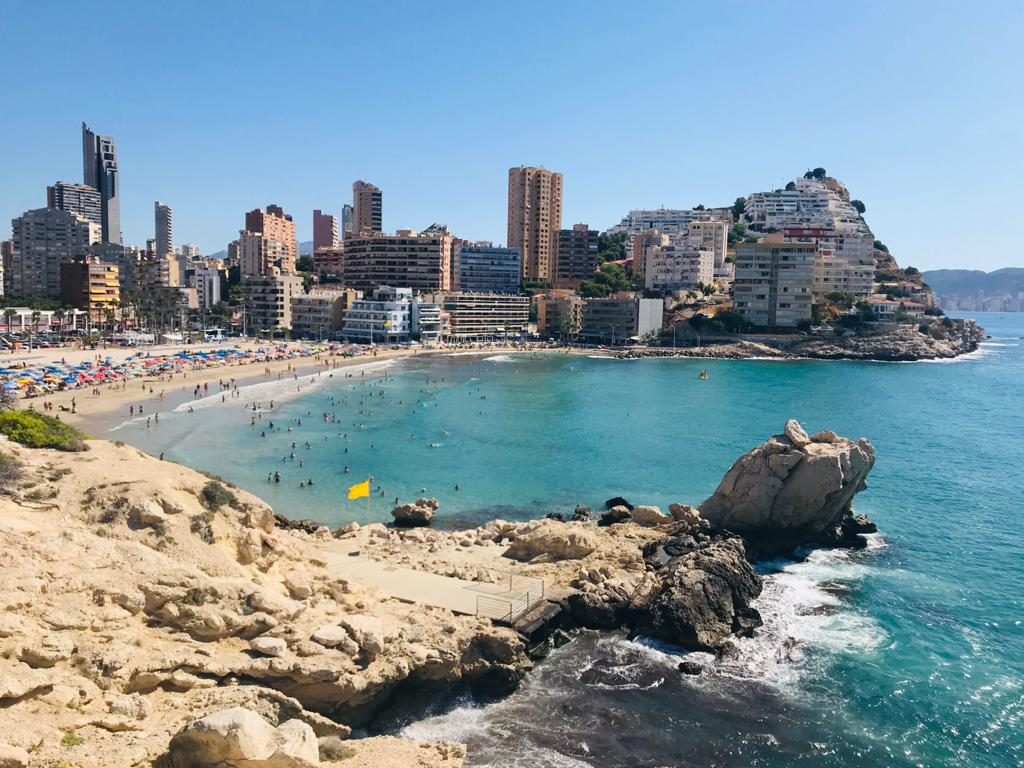Autumn is the perfect season to go hiking around Puig Campana again.
Autumn is the perfect time to go hiking again and one of the most beautiful hiking routes on the Costa Blanca is the one that goes up or around Puig Campana. This mountain is the second highest in the province of Alicante, reaching an altitude of 1410 metres, and is separated from the Mediterranean Sea by almost eight straight kilometres. Vegetation lovers will not be disappointed because it is home to numerous plant species, some of them endemic, such as the Cistanche phelypaea and the Teucrium lepicephalum.
It offers breathtaking views. As you climb, you can see the coastline of the province of Alicante, and you can even see the silhouette of Ibiza on very clear days. Photography enthusiasts will enjoy the panoramic views as well as the beauty of the trails leading into the interior of the mountain. Depending on the orientation, you will encounter different types of species. On the southern side, Aleppo pine and mature holm oak forests dominate. On the northern slope, a more humid forest grows, made up of maples, ash, strawberry trees, whitebeam, lavender, ivy, honeysuckle and sarsaparilla. From 1,000 metres above sea level, the forest gives way to grassland and shrubs.
A mountain as captivating as Puig Campana deserves its own legend and the many versions that have been made of it. The most romantic story goes that the hero Roland was in love with a dying young woman who knew that her last moments of life would pass with the last light of day, so the handsome knight tried to prevent it by striking the mountain with a huge slash. This rock flew out to sea and is now known as Isla de los Periodistas (Journalists' Island) in Benidorm.
There are several ways to climb Puig Campana. By the north face, with an extremely difficult 12 km route; the west-east circle; the east-west circle and the vertical kilometre. You can find all the information here: https://bit.ly/3SPu7JT














There are no comments